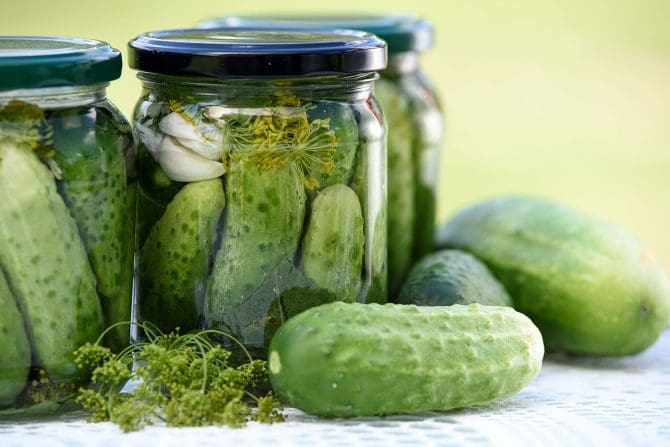The HDL Seed Library selects several seeds to feature each year, but we also participate in Michigan Seed Library Network’s One Seed, One State initiative by stocking its chosen seed. From their website:
The Michigan Seed Library Network Board is excited to announce the One Seed, One State seed selection for 2022 is ‘Boston Pickling’ cucumber, an American heirloom with a Michigan connection! It was introduced in 1877 by the Detroit seed company D. M. Ferry & Co. It produces quickly from direct sowing in 55-63 days. It can be harvested at 2”-3” for pickles or at 5”-6” for slicing. ‘Boston Pickling’ can be trellised to save garden space. This selection provides us an opportunity to take a step forward in seed saving! Together, we can learn more about isolation, hand pollinating, and processing of wet seeds.
The Boston Pickling cucumber is a trickier seed to save, so you may want to read up on seed saving before you try it (growing them isn’t the tricky part—it has to do with seed saving and genes, as you’ll see later on). Here’s our basic growing advice:
 When to plant?
When to plant?
Cucumbers should be directly sown 3-4 weeks after the last frost in the spring. If necessary, they can be started indoors 4-6 weeks before your last frost, using a grow light and seed starting soil mix.
How to plant?
½” deep and 1” apart It is best to plant cucumbers in areas that get at least 8 hours of direct sunlight each day. Although they do best in loose sandy loam soil, cucumbers can be grown in any well-drained soil. Their roots reach 36-48" deep, so be careful not to plant them where tree roots will rob them of water and nutrients.
Extra info?
They are vine plants, so setting up a trellis may be beneficial depending on your garden.
When to harvest?
Harvest before they are fully mature, as cucumbers tend to get seedy once they’re at their largest. They grow very fast, so be sure to check often to see if it’s time to harvest. Make sure to cut them off the vine, as pulling them off can damage or break the vine, preventing further production. It can be harvested at 2”-3” for pickles or at 5”-6” for slicing.
How do you save the seeds?
This Is a Challenging Seed to Save: If you’re saving their seeds, cucumbers need to be isolated in order to avoid cross-pollination. "But what does this mean?" you ask?
Pollination helps plants to grow, but if the genetic material of different varieties of the same species is mixed through pollination, this results in vegetables whose seeds will produce an entirely new variety—a variety that might not taste so good. A lot of vegetables (beans, peppers, carrots) self-pollinate, but others, like cucumbers, do not, and must rely on insects like bees to pollinate. And that’s where all the mix-ups happen!
If you're just planning to eat the cucumbers, you don't need to worry about cross-pollination.
But to ensure the next crop of your cucumbers grows the same as this year’s, there are a few different isolation methods you can try.
Watch this video on how to save cucumber seeds:
BONUS FUN FACTS!
- While it is often perceived, prepared, and eaten as a vegetable, the cucumber is technically classified as a botanical berry!
- A cucumber is 95% water!
- Some information provided by Eden Brothers


